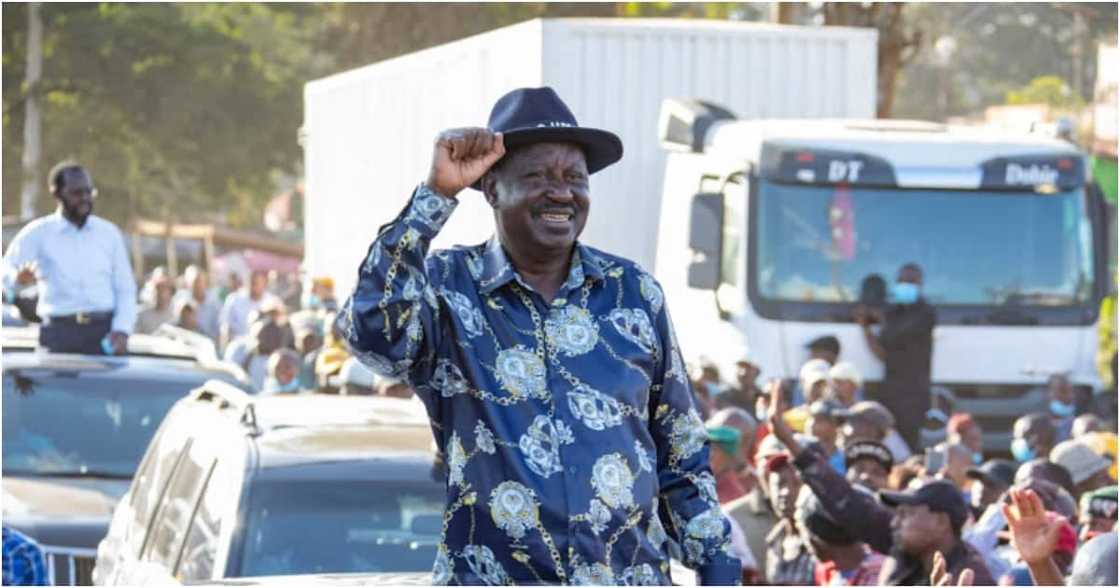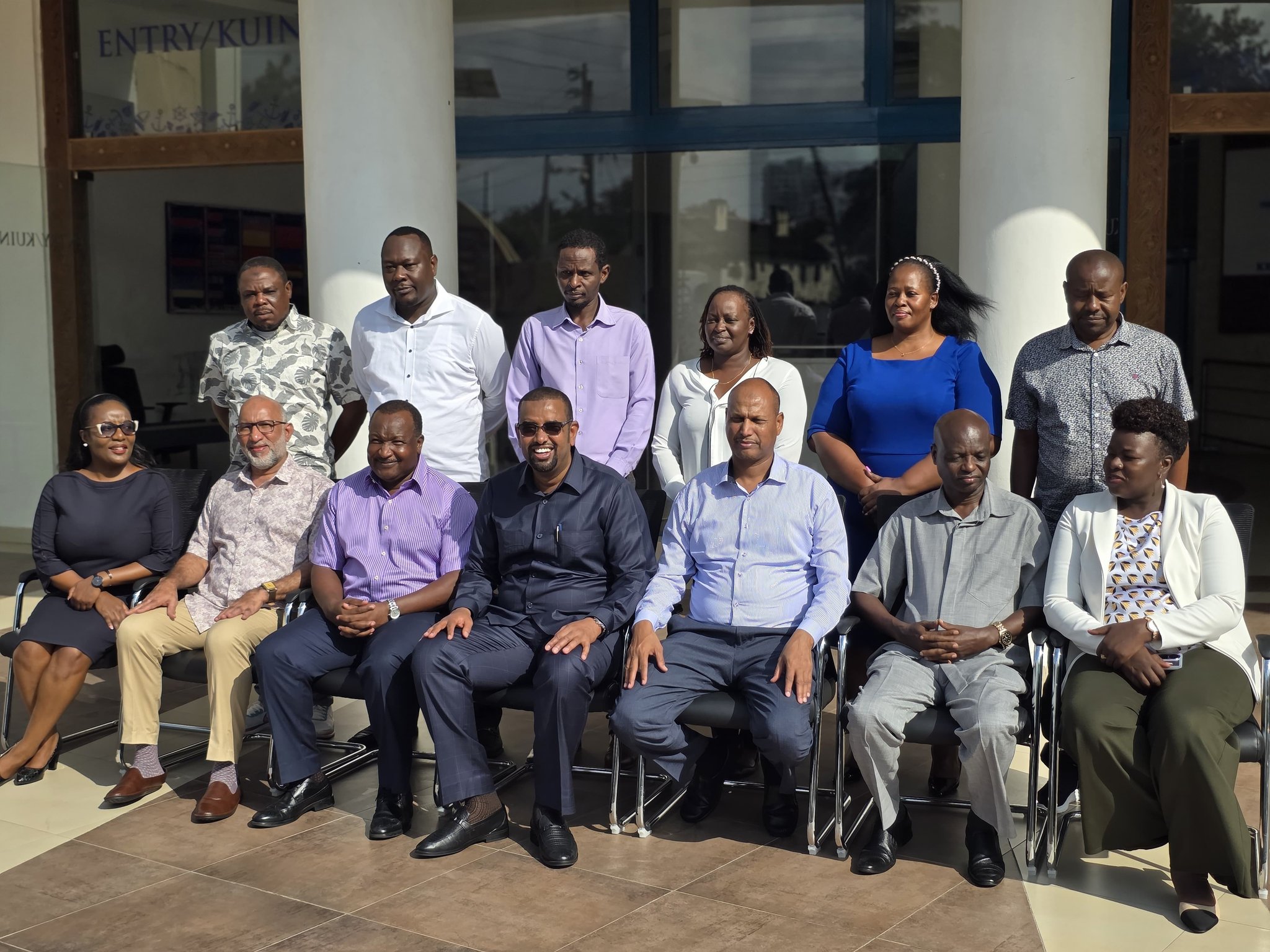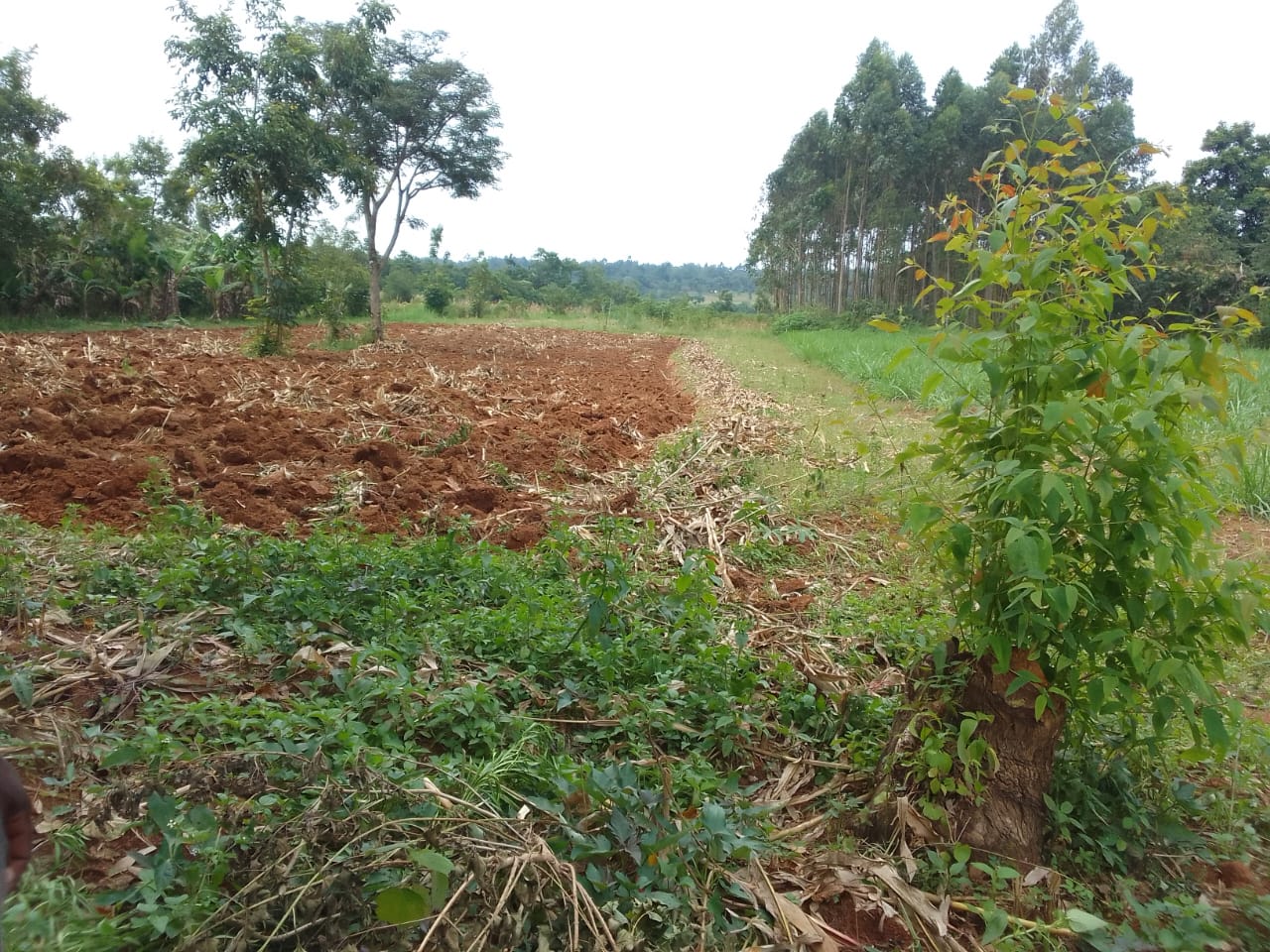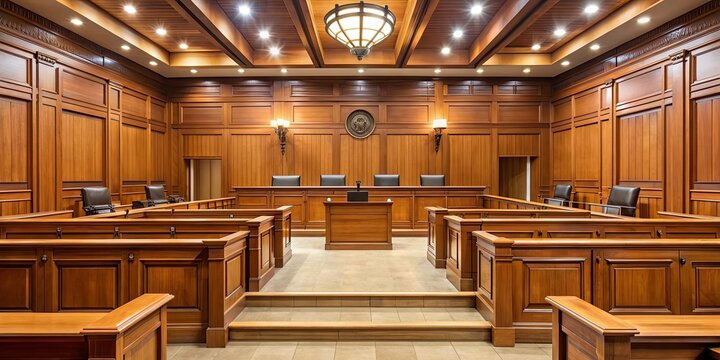The ODM leader has embarked on reorganising the party’s internal mechanisms, including the long-delayed grassroots elections, a scheduled National Delegates Conference, and the selection of new national office bearers. This comprehensive mobilisation effort is designed to re-energise ODM’s base and fortify its dominance in traditional strongholds.
According to political observers, Odinga’s primary objective is to prevent rival political parties from making inroads into regions historically loyal to ODM. Maintaining control over these areas is seen as crucial for negotiating political alliances and consolidating influence ahead of the next election cycle.
“Raila is securing his political territory, ensuring that ODM remains a force to reckon with in the coming years,” said one analyst. “Whether he runs or not, the party must be in a position of strength.”
During a recent live interview, Odinga declined to commit to a presidential run, fuelling further intrigue about his intentions. Despite mounting pressure from within his party and supporters across the country, the former prime minister has remained tight-lipped about whether he will seek the presidency for a sixth time.
Insiders reveal that even his inner circle has been left in suspense, with some suggesting he is considering multiple options: running himself, supporting an alternative opposition candidate, or even endorsing President William Ruto under the right circumstances.
Beyond electoral preparation, the reactivation of ODM’s networks is also tied to practical considerations. The party is keen to maximise its access to funding from the exchequer, which is distributed based on the number of elected officials and national reach.
ODM remains one of the few parties with a fully operational secretariat and functioning branches across the country, a distinction that positions it favourably for public financing.
“ODM must stay vibrant, not just for elections but to secure resources that enable it to function as a truly national party,” said a senior party official.
Odinga is expected to launch a major national campaign in the coming months, promoting what insiders describe as an “intergenerational conclave” aimed at uniting different age groups under a shared vision for Kenya’s future.
This campaign will also serve as a barometer of his popularity and a platform to test the waters before making a final decision about contesting the presidency.
“By the time he has traversed the country, all ODM branches will be active. That will give him a clear sense of where he stands politically,” one source familiar with the strategy noted.
While Raila Odinga’s political intentions remain under wraps, one thing is clear: the ODM party is being repositioned for a central role in Kenya’s political future. Whether as a candidate or a kingmaker, Odinga’s influence remains a pivotal factor in the unfolding 2027 race.
For now, his silence keeps both allies and adversaries in suspense, as the political groundwork quietly but steadily takes shape.
[/full]





